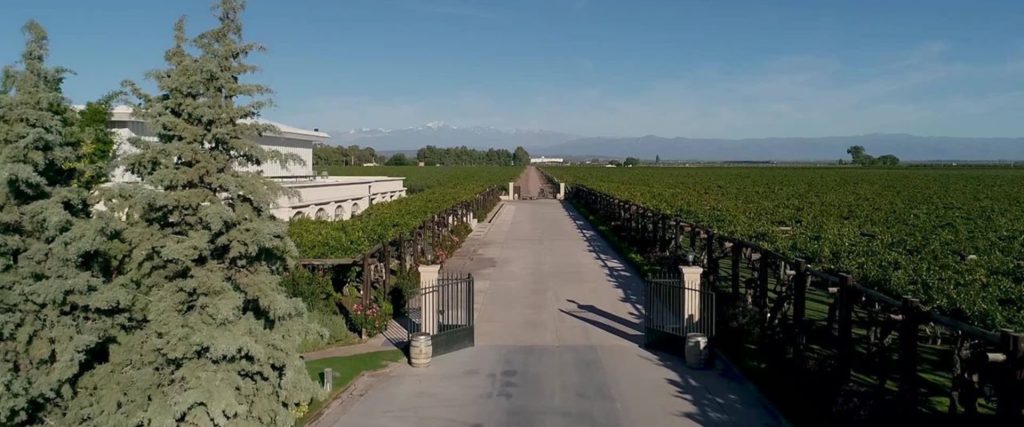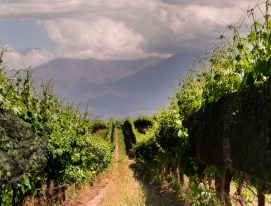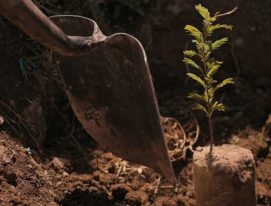Although Barrancas was first declared a Geographic Indication in 2005, the most detailed studies into its soils have been done more recently by a group of local producers in partnership with the geo-physicist Guillermo Corona, with a focus on the old wineries of Barrancas.
This work has been complemented by gatherings of producers in the area who have been holding tastings of varietals planted in Barrancas. Thus, Germán Páez, the oenologist at Finca Agostino, has fulfilled his goal of “properly defining the characteristics that we knew the area had.”
Another of the group’s leaders, Rogelio Rabino, the oenologist at Finca Flichman, adds, “The main objective is to highlight the characteristics and differences of the area in comparison to others. The possibilities for wines from vineyards in Barrancas are quite different to those from other areas of Maipú, Luján de Cuyo or the Uco Valley.”
A historic past
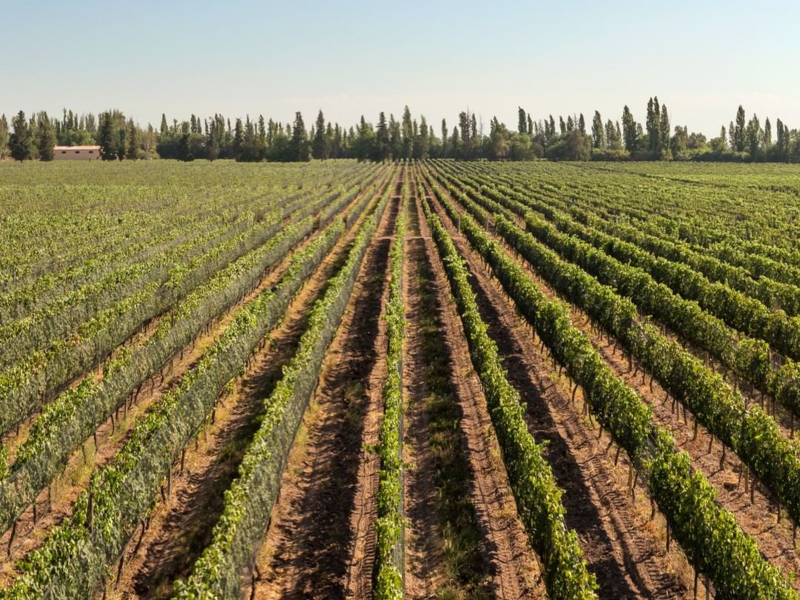
To the northwest of the foothills of Lunlunta-Barrancas-La Ventana, Barrancas is located on a terrace to the south of the Mendoza River, on the right-hand shore. Its name is taken from the walls running along the dry beds that were polished by the Mendoza River for years, giving rise to a spectacular landscape of ridges and furrows. Barrancas’s agricultural heritage dates back to the pre-Colombian era when the Huarpe people – the indigenous farming and hunting civilization in Cuyo – grew maize, quinoa and squash.
Later on, under Inca and Spanish influence they were able to optimize the use of natural resources in the region. In the 16th century, the arrival of the Jesuit missions, who built the Chapel of Nuestra Señora del Rosario – which today is a National Historic Monument – saw the planting of vineyards and olive groves.
In the 19th century, viticultural and olive production became the area’s leading economic activity and it was considered one of the jewels of Mendoza viticulture, attracting the attention of pioneering producers such as Sami Flichman and Pascual Toso.
Barrancas under the microscope
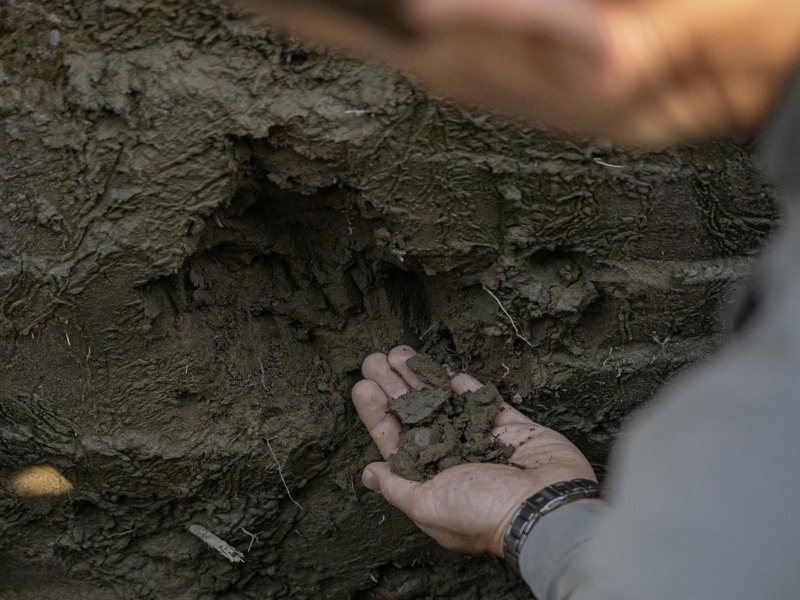
Barrancas has about 2900 hectares of vineyards with a significant number dating back a hundred years, making it a very important Geographic Indication for Mendoza.
The soils fall into one of two geomorphological categories. On the one hand, there are modern, stony soils with barely any covering of fine material such as sand, lime or clay. The other, on the southern border, transitions quickly to deep clay and lime soils. Because of its modernity, the calcium carbonate content in the soils of Barrancas is minimal. Some vineyards in the area have three separate soil profiles: stony, sandy-loam and deep and sandy.
Corona believes that Barrancas “is one of the earliest areas of Mendoza due to its warm soils, and climate, which allows for earlier than usual harvests.” In Barrancas, the average annual temperature is 15ºC, with 200 millimeters of rainfall a year and the height is between 2200 and 2750 feet – allowing for a significant thermal range – helping to maintain the freshness of the grapes and concentrate refined, fruity expressions.
Flavors, varieties and advantages of Barrancas
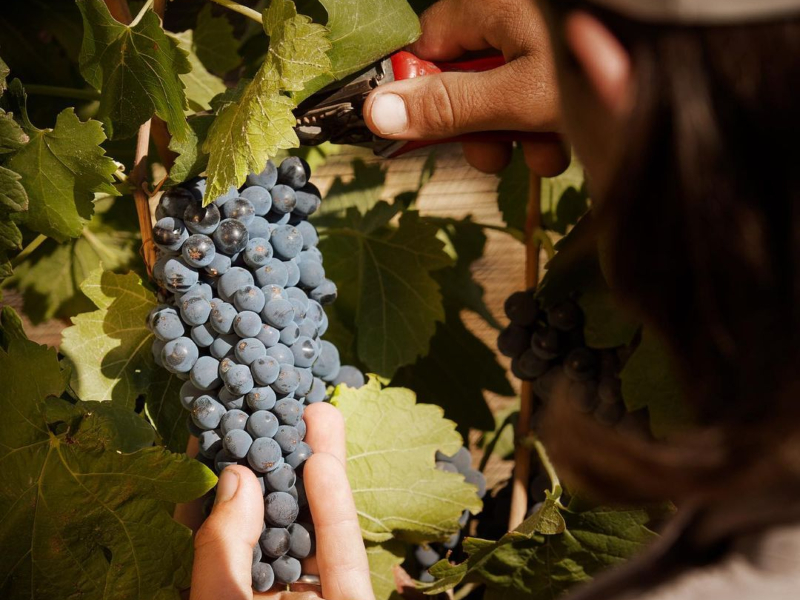
Corona highlights the area’s suitability for different varieties, especially reds with long cycles such as Syrah, Cabernet Sauvignon and Cabernet Franc, although it’s also a traditional terroir for Chardonnay.
Valeria Bonomo, the agricultural engineer at Abito Wines and Finca Bautem, adds that Cabernet Franc grows very well especially: “We can experiment with different clones of Cabernet Franc to obtain a range of profiles with different flavors and textures, all with good character and concentration.” One of the major distinctive qualities of Barrancas as regards the reds with long cycles can be seen with the Cabernet Sauvignons, which achieve “special characteristics such as sweet tannins and an intense reddish coloring,” which she says is thanks to the warmth of the area.
Rogelio Rabino says that the wines of Barrancas “have a rounded, fruity, easy-drinking personality with different aromatic profiles, especially among the long-term varietals.” Páez adds: “Barrancas is an area of Mendoza that should be paid attention to because of its work with the aromatic profiles of Cabernet Sauvignon and Syrah, as both display characteristics that you don’t find elsewhere in Mendoza.”
Something similar is true of Chardonnay, which offers a creamier texture and distinct aromatic profiles produced by the dry, arid soils. He believes that there are important differences due to the hills, shores and the Mendoza River, which transform the area into a “terroir of unique character.”
Today, Barrancas is entering a new era thanks to the work of producers in bringing out the singular character of their wines. The combination of a historic legacy, geographic and climatic characteristics and the experience and work of the winemakers translates, among the wines of Barrancas, into a genuinely distinct experience.

